In a paper published in Nature Communications, the researchers argue Artificial Intelligence (AI) will revolutionise the mining of copper, lithium, nickel, zinc, cobalt and rare earth minerals used to produce clean energy technologies.
Australia is in a prime position to benefit with the world’s largest proven reserves of nickel and zinc, the second largest proven reserves of cobalt and copper and the world’s third largest proven reserves of bauxite. It is also the world’s largest producer of bauxite and lithium and is the third largest producer of cobalt.
Monash University Department of Economics Deputy Dean and Co-researcher Professor Russell Smyth said to take advantage of these resources, Australia must embrace AI through all stages of the mining process.
“With the right policies and technological advancements, AI has the potential to transform the mining industry, making it more efficient, cost effective, less risky, and environmentally friendly,” Smyth said.
Critical and rare minerals are a crucial part of achieving net zero emissions by 2050. But the International Energy Agency (IEA) has identified it takes 12.5 years from exploration to production, meaning investors see it as too risky.
In order to achieve global net zero by 2050, the IEA estimates investment of $524-655 billion (USD 360-450 billion) will be necessary by 2030, leading to an anticipated supply between $262-320 billion. This implies an investment shortfall of up to $335 billion.
Such a shortfall could lead to insufficient supply in the future, making decarbonisation efforts more costly and potentially slowing them down. Professor Smyth said their research could help address a number of these issues.
“AI could improve processes such as mineral mapping by using drone-based photogrammetry and remote sensing; more accurately calculate the life of the mine and improve mining productivity including drilling and blasting performance,” Smyth said.
“AI can also be used to reduce the required rate of return on investment by forecasting the risk of cost blow-outs, as well as equipment planning and predictive maintenance and management of equipment to minimise repairs.”
University of Tasmania School of Business and Economics said Co-researcher Associate Professor Joaquin Vespignani said their theory suggests that back-ended critical mineral projects that have unaddressed technical and non-technical barriers, such as those involving lithium and cobalt, exhibit an additional risk for investors, which they term the back-ended risk premium.
“We show that the back-ended risk premium increases the cost of capital and, therefore, has the potential to reduce investment in the sector. We proposed that the back-ended risk premium may also reduce the gains in productivity expected from AI technologies in the mining sector,” Vespignani said.
“Progress in AI may, however, lessen the back-ended risk premium itself by shortening the duration of mining projects and the required rate of investment by reducing the associated risk. We conclude that the best way to reduce the costs associated with energy transition is for governments to invest heavily in AI mining technologies and research.”
“Without significant investment by governments around the world in AI within the mining industry to increase productivity and improve environmental practices, there is a high risk that the clean energy transition will become costly for communities, potentially slowing down decarbonisation efforts,” Vespignani said.

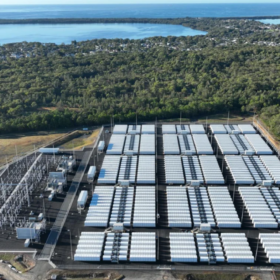
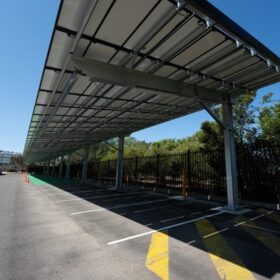
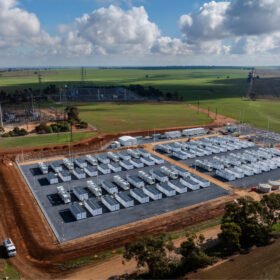
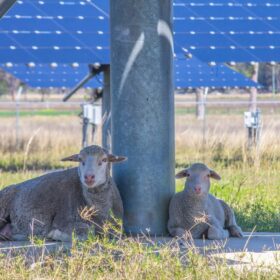
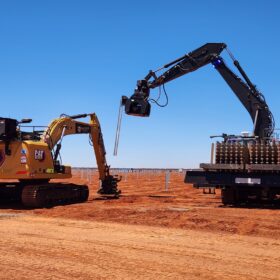
By submitting this form you agree to pv magazine using your data for the purposes of publishing your comment.
Your personal data will only be disclosed or otherwise transmitted to third parties for the purposes of spam filtering or if this is necessary for technical maintenance of the website. Any other transfer to third parties will not take place unless this is justified on the basis of applicable data protection regulations or if pv magazine is legally obliged to do so.
You may revoke this consent at any time with effect for the future, in which case your personal data will be deleted immediately. Otherwise, your data will be deleted if pv magazine has processed your request or the purpose of data storage is fulfilled.
Further information on data privacy can be found in our Data Protection Policy.